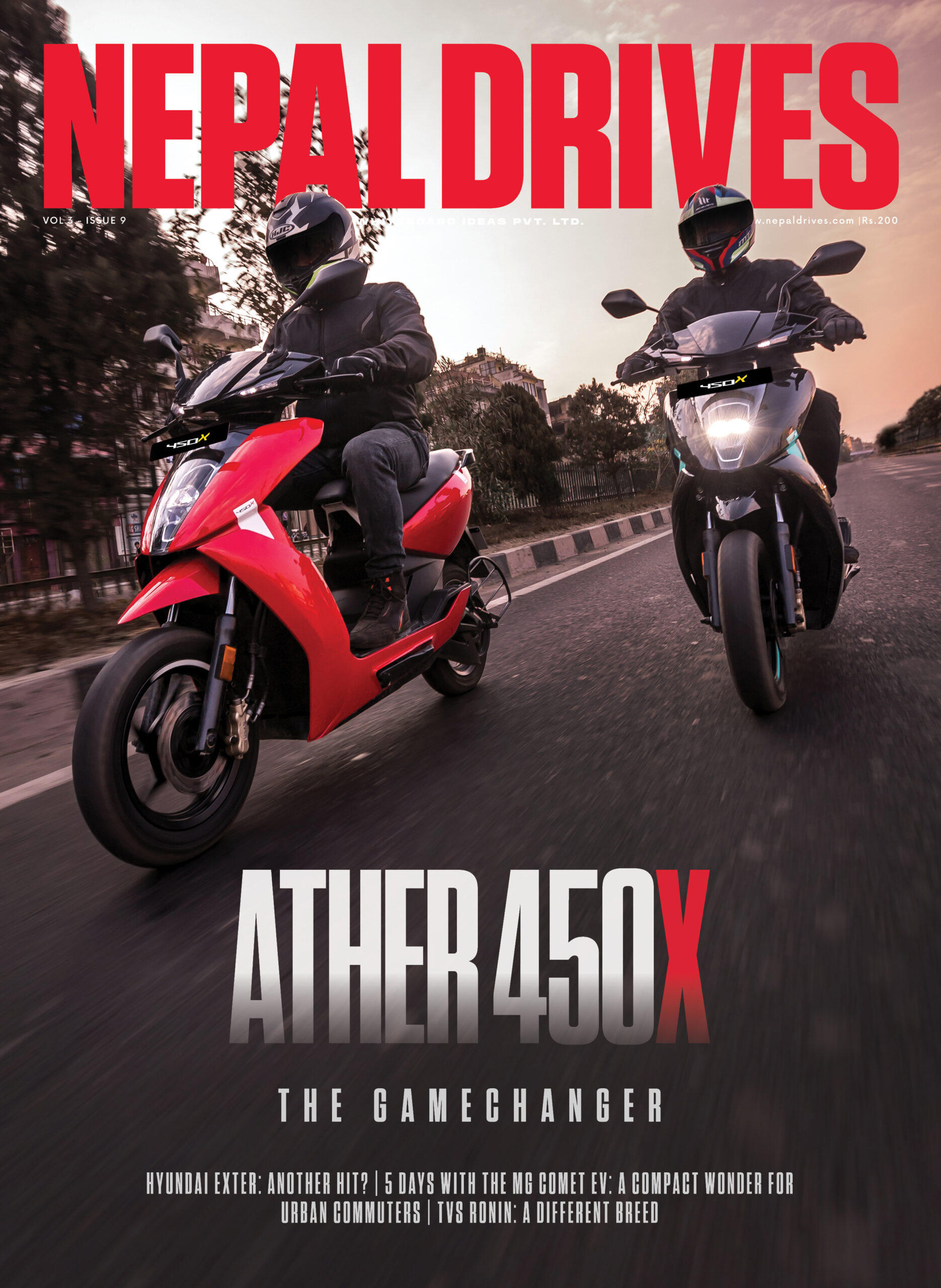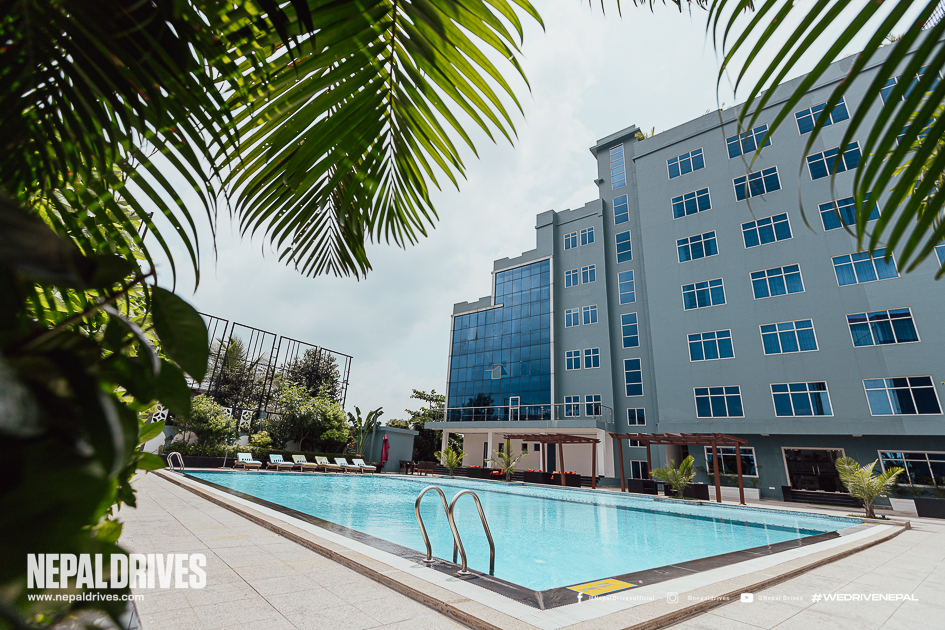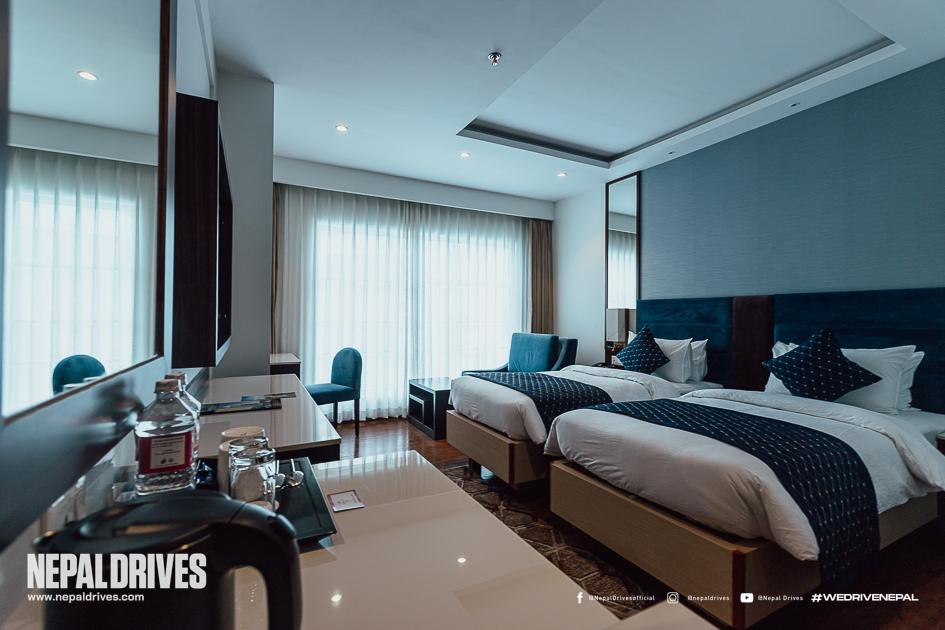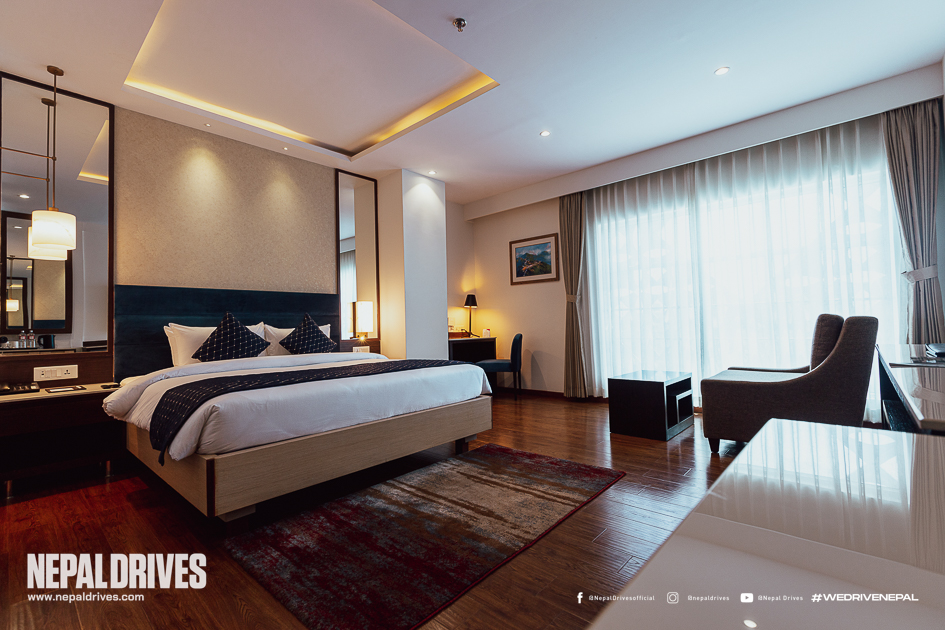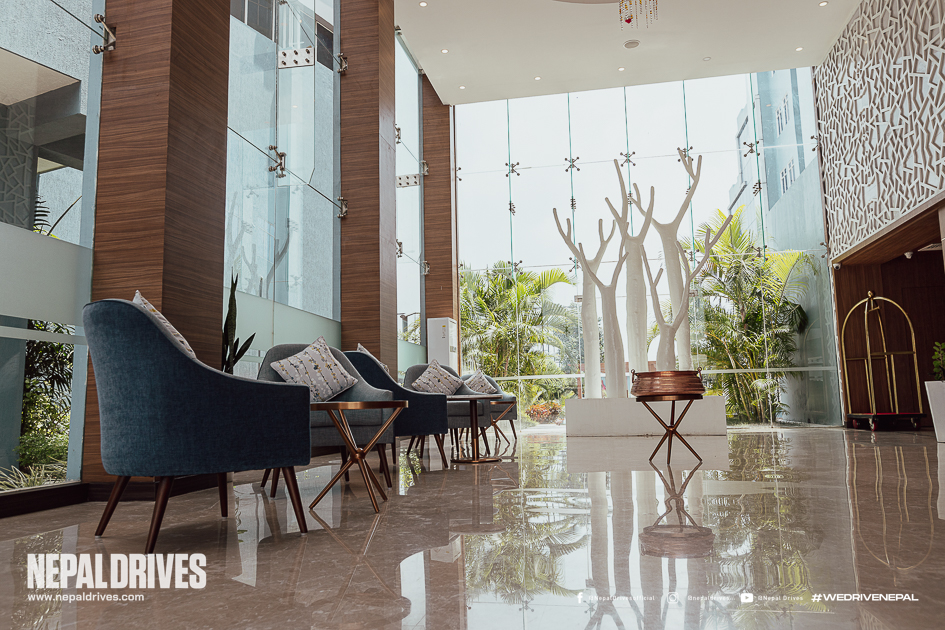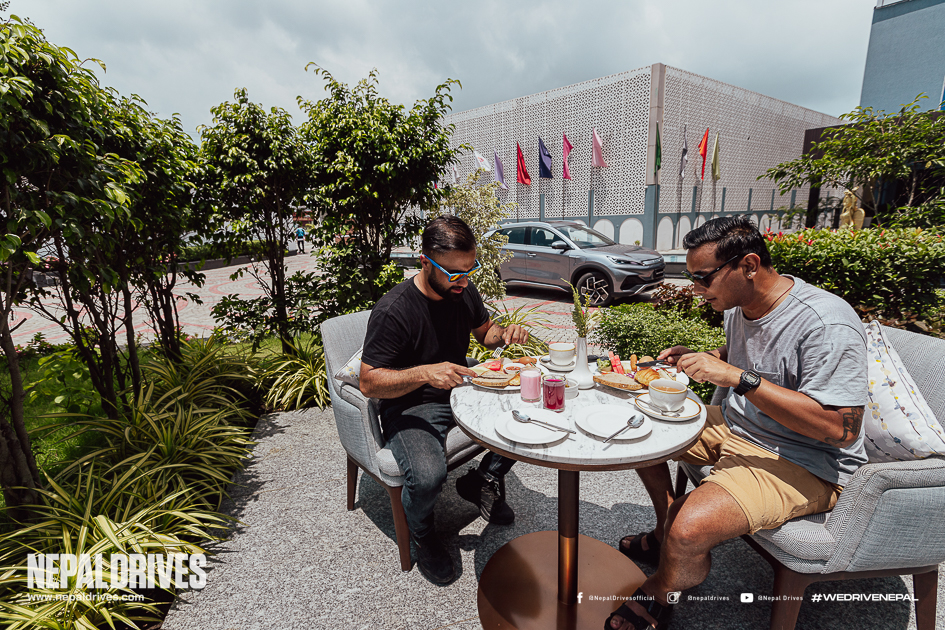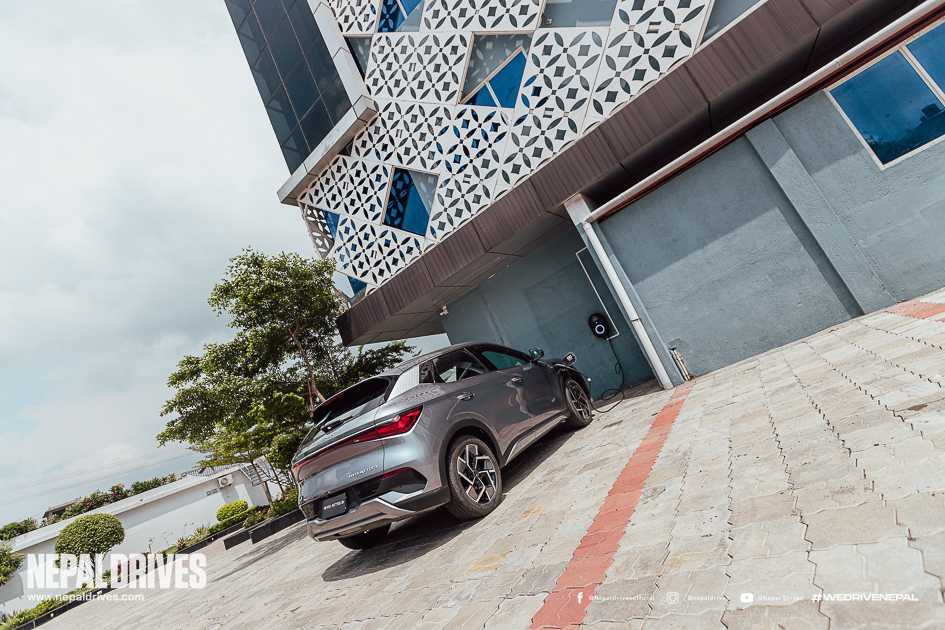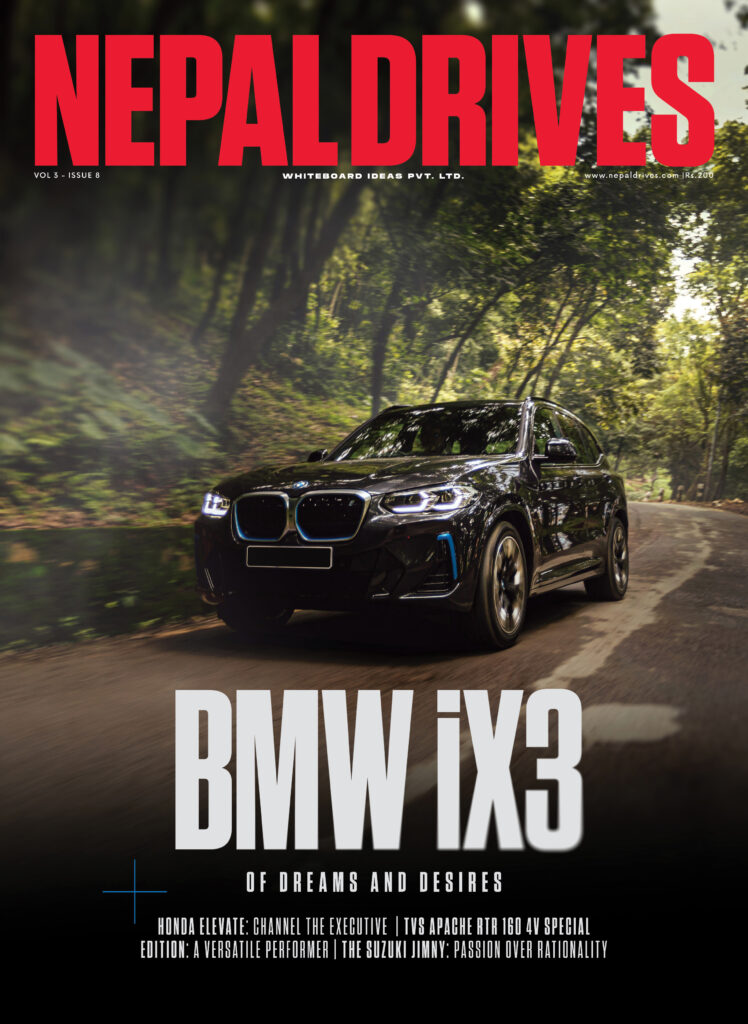Triumphs,Trials And An Elephant Blockade: A Journey From Kathmandu To Itahari And Back on the BYD Atto 3
Share
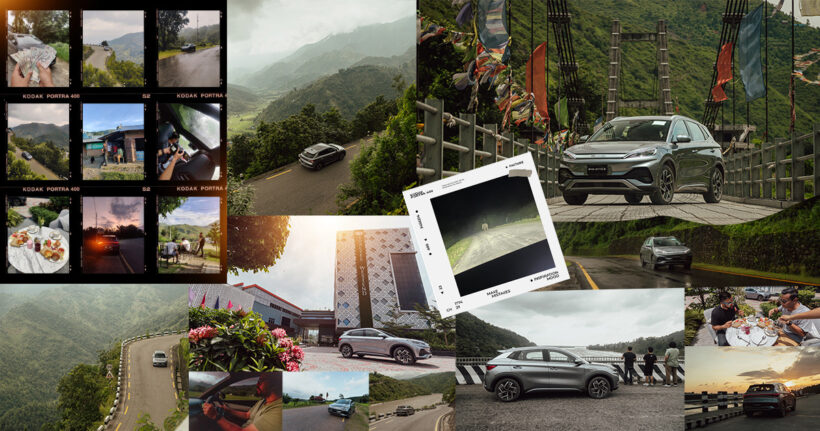


“There are probably more around, there always are. Keep an eye out.”
“Maybe we should go around it.”
“Are you nuts, what if it charges at us?”
“We should probably just head back and find another route.”
“There’s barely 100kms of range remaining. Who knows how far we’ll have to travel to find another route.”
“It probably didn’t hear the car coming and it’s startled.”
“It’s standing its ground; I don’t think we’ll be able to get past it”
The cabin of the BYD Atto 3 was abuzz with hushed, urgent mutterings that served little respite from what was ahead of us. After 14 gruelling hours on the road, we were at the home stretch, nearing our destination for the day. We had been driving in the darkness for quite some time now, flanked by the dense forests of Char Kose Jhadi. The stillness hung eerily in the air, an unsettling parallel to the fact that we hadn’t crossed paths with another soul for kilometres on end.
That changed soon enough when, out of the blue, we came across a wild elephant in the middle of the road. As soon as our headlights shone upon the magnificent beast, it halted its lumbering stroll on the road and stood still. Staring.
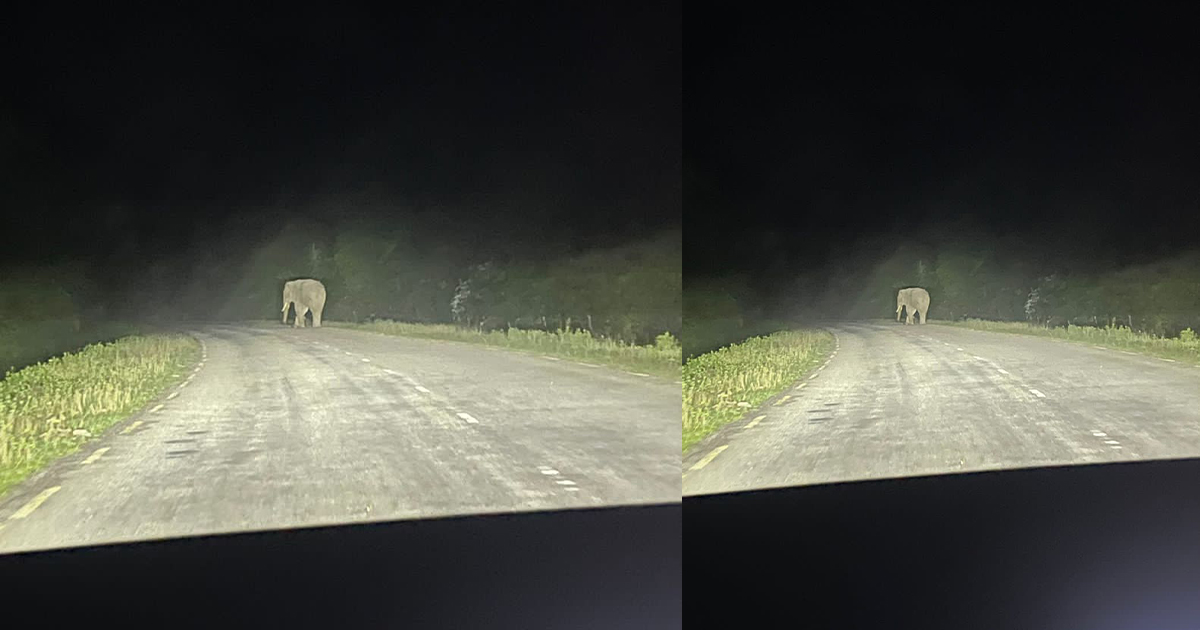
Countless hours on the internet had made us savvy with these types of encounters, all of which ended in the elephant triumphing over humans with ease and tangible destruction. After several minutes of fruitless squabbling, we decided to wait for the elephant to hopefully retreat into the forest. We remained still, too afraid to make a move. It felt like a good idea to keep the car in reverse, in case we needed to hightail it out of there.
Finally, we decided the best course of action would be to turn around and find a different road. The only problem was, that we had 100 km of range remaining, which seemed plenty considering our destination was an estimated 70-odd kilometres away. However, with the stubborn elephant refusing to give way, we were left with very few options.
So, we turned the car around, gingerly. All 5 pairs of eyes fixated on the elephant, intently focused on any signs of movement. Having directed the car correctly around towards safety, we floored it. Thankfully the rear-view mirror reflected a gradually shrinking silhouette of the elephant instead of a behemoth barrelling towards us. Relief.
We weren’t out of the woods yet, both literally and figuratively. What felt like a comfortable range cushion before, now felt like hot slippery sand seeping from our tightly closed fists. Amit, who was on the front passenger seat quickly worked on finding alternate routes on the Google Map mirrored on the infotainment system of the Atto 3. The 3 passengers in the back seat scrunched forward and peeked their heads between the front seats, keen to assist.
In the distance appeared the dim but unmistakable flickers of an approaching headlight. Finally, someone. We flashed our headlights with an urgency that genuinely resonated with the fear and relief that we shared in the car. Moreover, we wanted to warn the oncoming car of the elephant on the road. Both vehicles slowed down to a stop. The car on the other side of the road was a local ambulance; an old white beaten-up jeep.
“Dai, an elephant is blocking the road back there. Don’t go that way.” We warned him. He gave us a lingering glare and thought for a while. Then he nodded and slowly proceeded forward.
At that moment, we all looked at each other and had the same idea. Follow him. We turned the car around and followed the ambulance which was now swerving from one side of the road to the other. We guessed that he wanted to scare the elephant with the engine noise and swivelling lights, but we weren’t sure. All we wanted to do was follow it and hopefully get to safety. All of us remained vigilant, looking as far ahead and around as possible to spot signs of danger.
Slowly, the forest thinned out and we got the first glimpses of signs of human life. House lights. With the hour hand now creeping towards midnight, everything felt right in the world. We still had to drive around 60 km till we reached Soaltee Westend Itahari, where we would be spending the night.
After the frightful encounter, the tired lull that had engulfed us from the day’s driving had lifted, and the drive to the hotel was filled with cheerful laughs and conversations.
By the time we reached the hotel, it was well past midnight. As we pulled into their facilities, the brightly lit façade came as a stark contrast to the happenings of the day. A sudden gust of humid heat washed over us the moment we stepped out from our AC-cooled cocoon and reminded us of the unrelenting temperatures that Itahari had to offer. Thankfully, the brightly lit lobby of their establishment provided respite from the heat and we plopped down on one of their sofas. The soft comfort of the couch and pleasant coolness felt wonderful, but not nearly as wonderful as when one of the attendees asked us if we were in the mood for some dinner… at half past midnight.
Famished, we dug into the feast the good folks at Westend had set up before us. It was Indian cuisine at its finest; we gorged on an assortment of luscious, creamy curries of chicken and paneer before calling it a night.
Before drifting off into what was one of the best and most deserved sleep in a long time, we had the time to reflect on the day’s journey. It all started with a late start, which is never a good sign.
The total journey would be approximately 361 km, which we expected to complete in 10 hours. Our first stop was for some tea at our favourite tea place in Dhulikhel near Kathmandu University. It’s a small khaja ghar built of galvanized sheets, which is always a good sign if you’re in search of some local grub. Like always, it did not disappoint. The tea was sweet with a hint of scorched milk, which we love, and the roti tarkari and puff was the perfect companion for the meal.
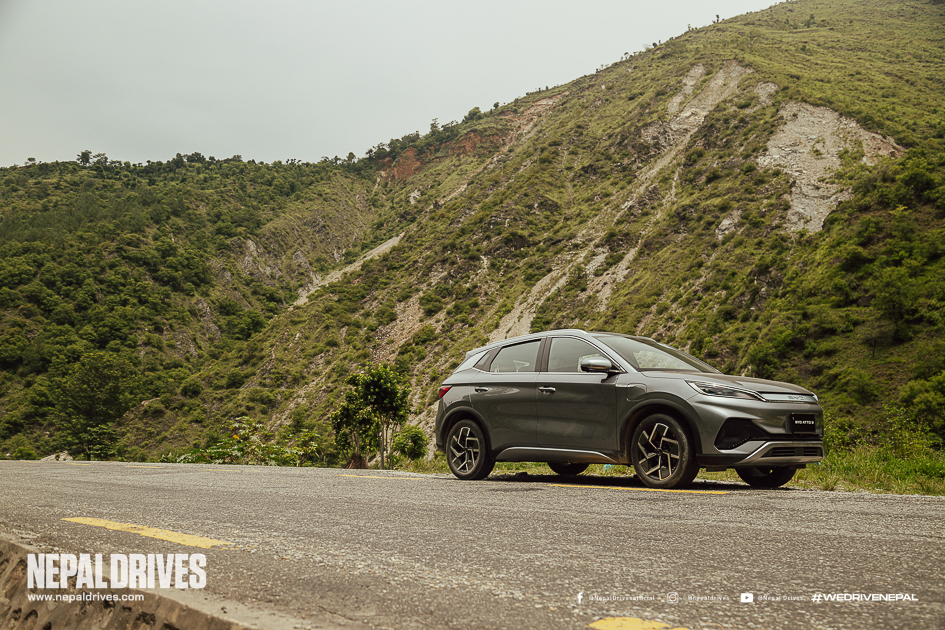
Back on the road, it was smooth sailing. The sun was bright, the skies were clear, and the slew of hairpin turns on Sindhuli were kind. You have to be extremely vigilant when you’re driving on these roads. The mix of blind turns, narrow roads, and a few public vehicles bludgeoning through with a complete absence of fear.
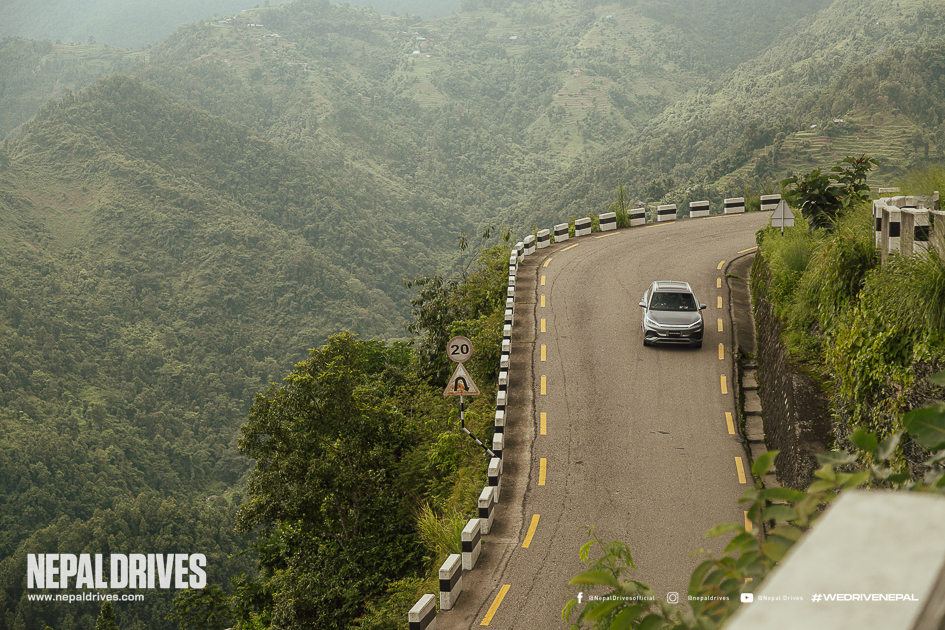
The journey to Bardibas took us about 8 hours, and we decided to have lunch at a restaurant where we could charge our vehicle. The only place that seemed viable was the Gautam Hotel. Here, we were pitched a curve ball and we encountered a problem. The car wouldn’t charge due to an earthing issue. However, having driven well past midday without lunch, we decided to refuel ourselves and then tackle the matter of recharging the Atto 3.
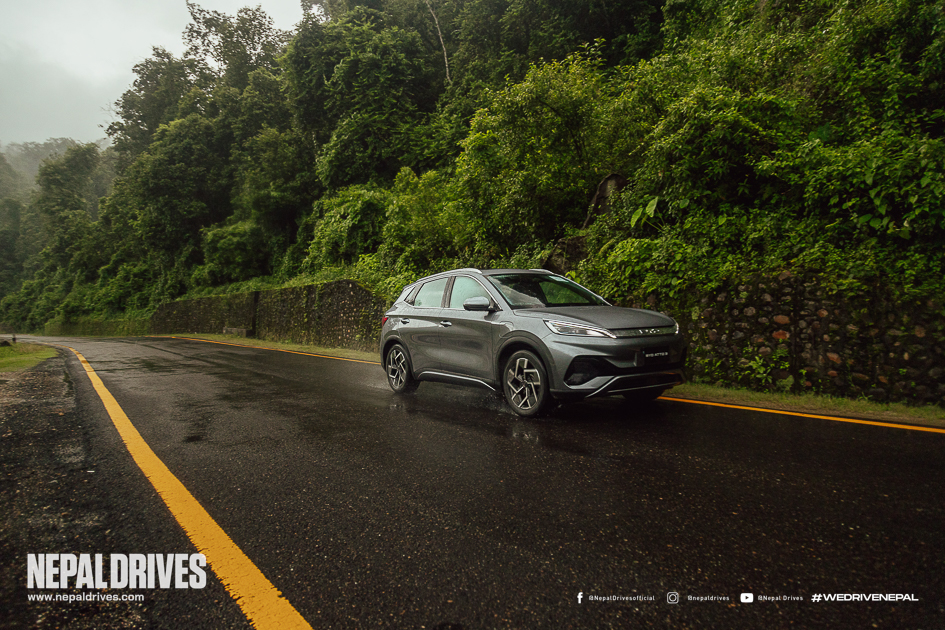
While we fed on some delicious Dal Bhaat, we contrived a plan to figure out the most efficient way to go about the rest of our trip. For one thing, it was already 4:30 pm and we were still asking for second helpings of rice. Second, the BYD Atto 3 showed a 21% battery level, and we had more than 180 km to drive, which was not going to happen. So, we had to find a charging station to recharge the vehicle.
Luckily, there was an NEA charging station in Bardibas, 10 minutes from where we were having lunch. Immediately after finishing up our lunch, we headed for the charging station and saw that there was an unoccupied charger. We rushed to plug in our vehicle, fearing the off chance that someone would come barrelling in and take up our spot.
The local bus drivers who were also charging their electric people movers looked perplexed as we hastily pulled up and plugged our vehicle in like we were participating in the Amazing Race. The next hour we spent dawdling around, waiting for the Atto 3 was in stark difference to our hurried actions earlier. Thankfully, we made friends with the drivers and it helped pass the time.
When we reached a charge of 94% we decided to pull the plug and head for Itahari. It was 6:50 pm and we had accepted the fact that we would be in for a late night. Our initial plan was to head for Itahari via Lahan. The drivers though, warned us against it, on account of road repair activities that had done a number on the tarmac. They suggested we take the road via Bhiman instead; we were promised that the roads were infinitely better. And they were.
This road was not too different in terms of distance, but the newly built roads were proving to be driving havens. By the time we reached the Bhiman Highway, it was pitch dark, so we did not have a scenic view to accompany us (unlike on our trip back, where we were blown away by it.)
Nevertheless, the endless supply of fresh tarmac ahead of us was a treat to drive. There were a couple of patches that were under construction and those parts were nothing short of an offroad trail. But the rest is spectacular. We can’t remember driving on a road as good as this in Nepal. And the fact that there were barely 3 or 4 other vehicles we encountered throughout, meant that we had the road all to ourselves. The Atto 3 seemed to rejoice as much as we did as it ate up the kilometres. This also meant that we were being a little trigger-happy with our right foot. To be completely honest, we were flooring it.
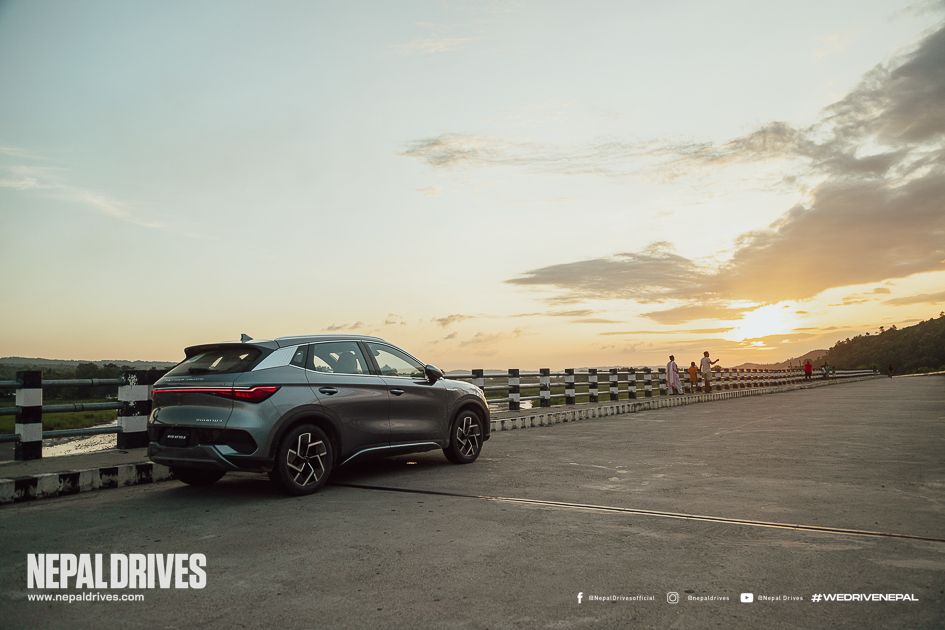
If we were driving more conservatively, we would have had more range and subsequently less of a panic when we had to choose between being trampled by an elephant or turning around and finding a detour to our destination.
Hospitality Partner – Soaltee Westend Itahari
But the drive was epic. We reached Soaltee Westend with tired bodies but incredible stories. The views along the way were stupendous, especially the scenery we only got to see when we took the same return route via Bhiman. And very importantly, the BYD Atto 3 was a great companion. We spent a total of Rs. 1400 charging the vehicle which is an absolute steal considering we travelled a total of 730 km with no intention of conserving range.
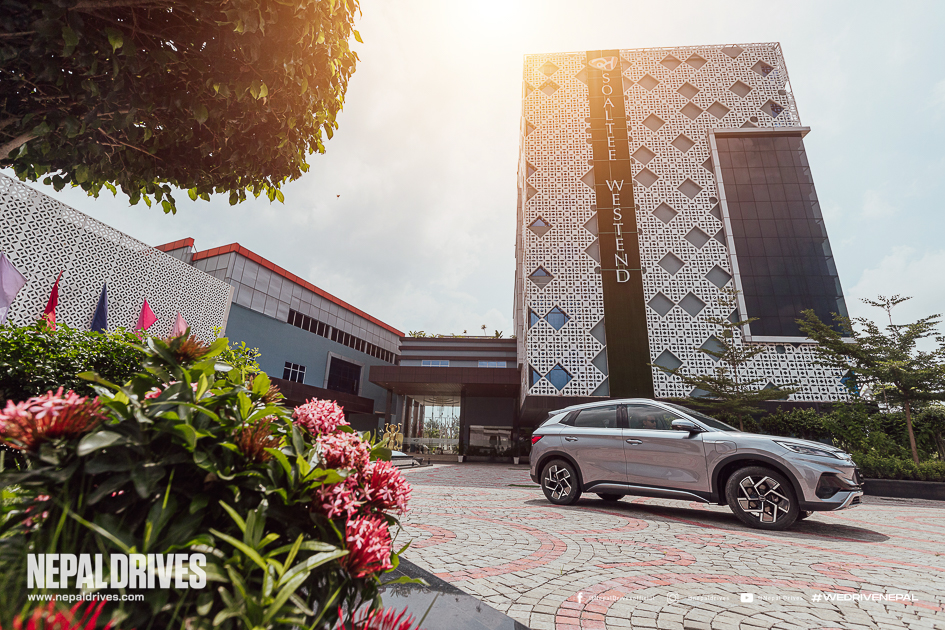
Charging Details:
First Charge: Bardibas (21% to 94%); Price – Rs 512.97
Second Charge: Itahari (9% to 94%); Price – Rs 345.60
Third Charge: Bardibas (16% to 100%); Price – Rs 583.91



